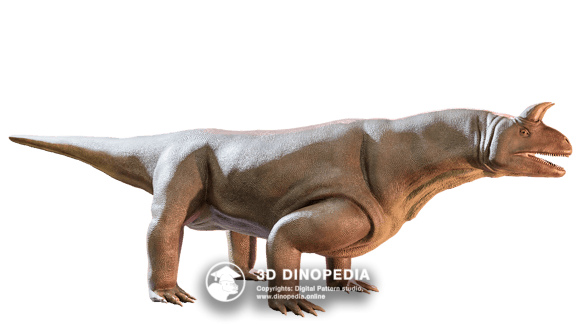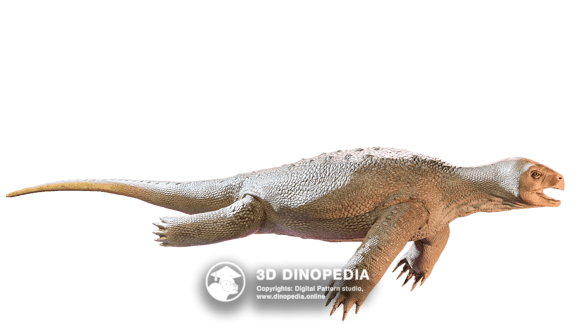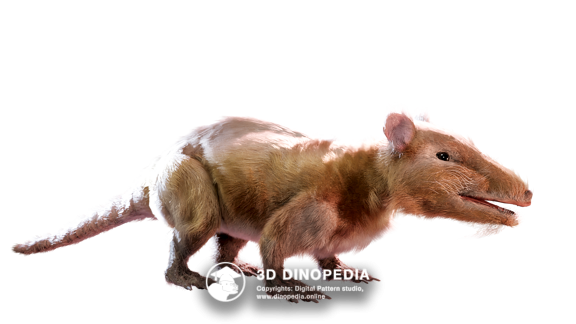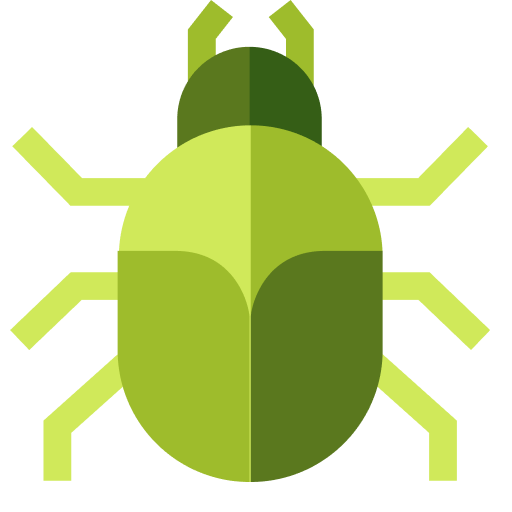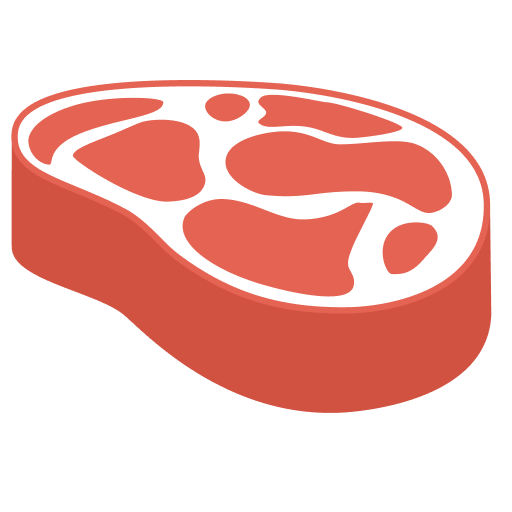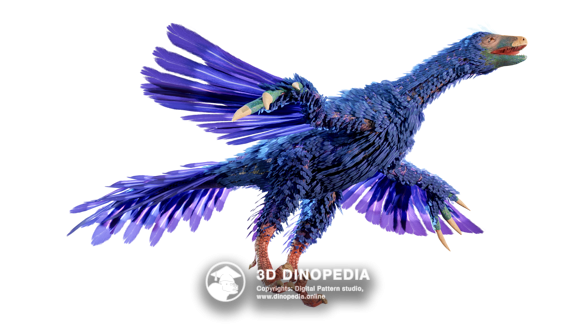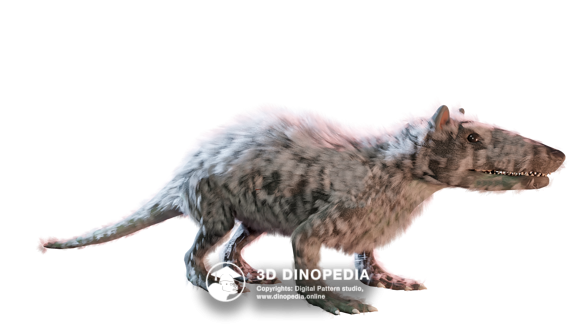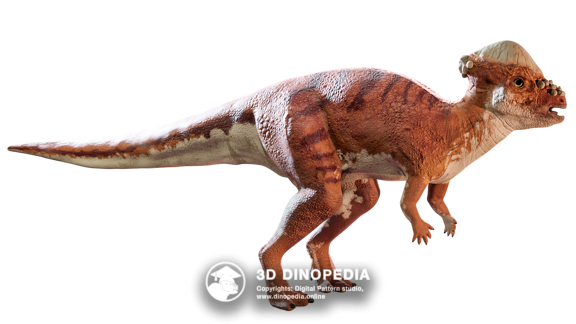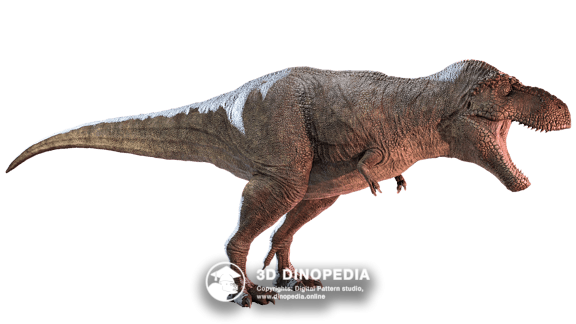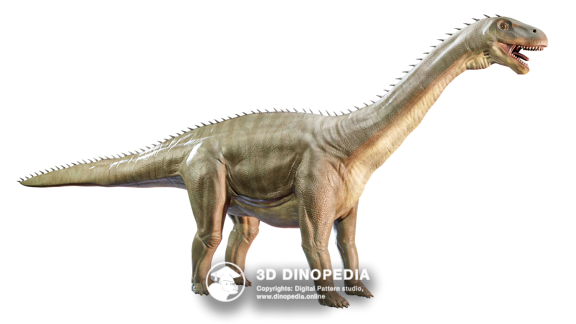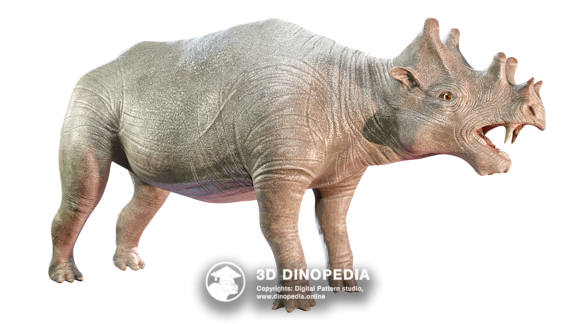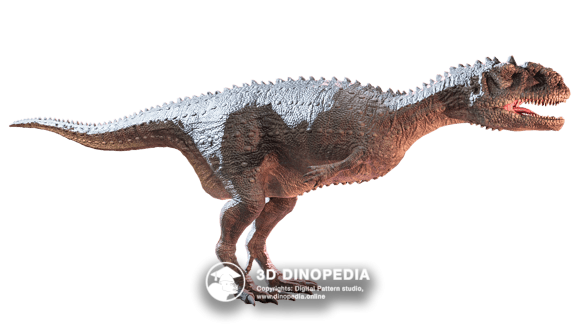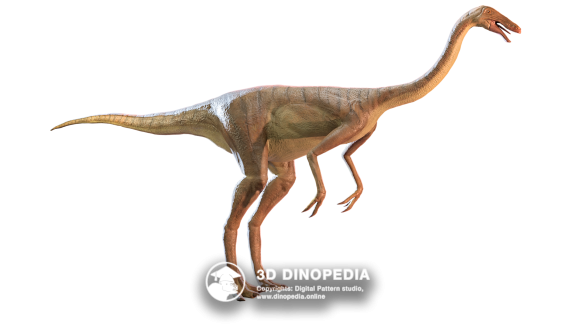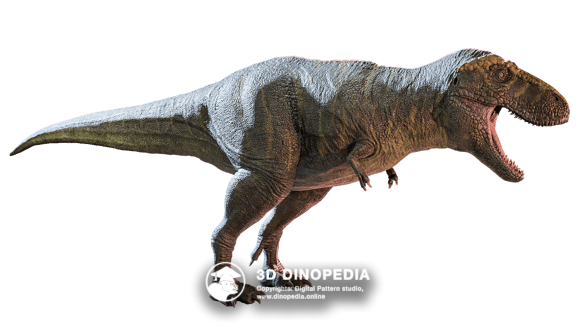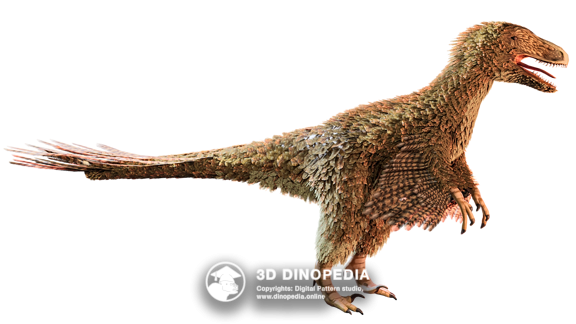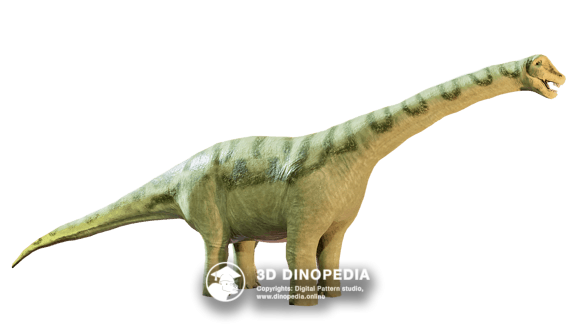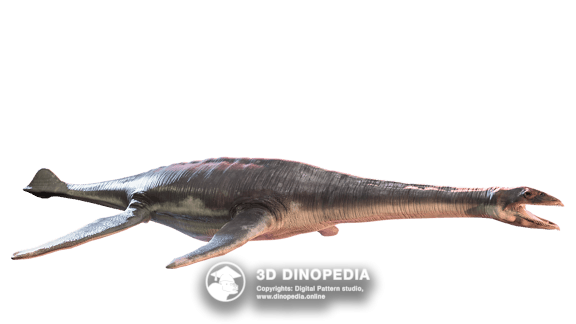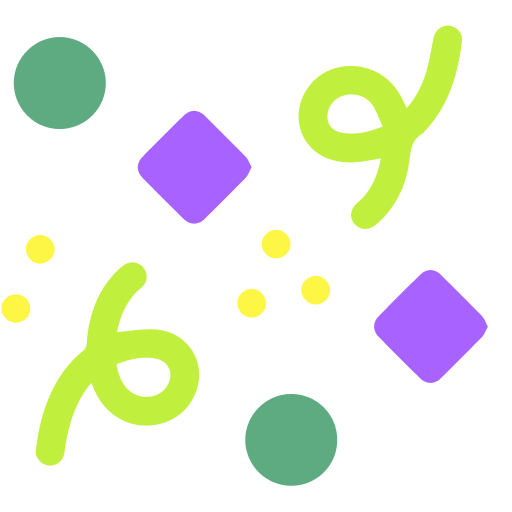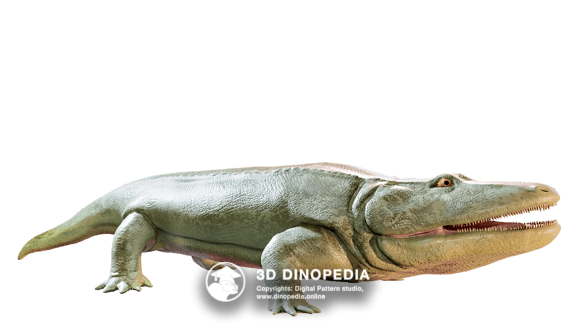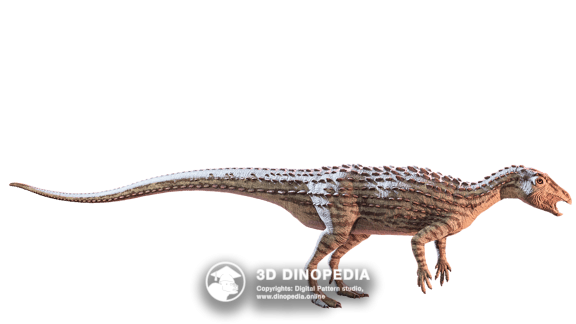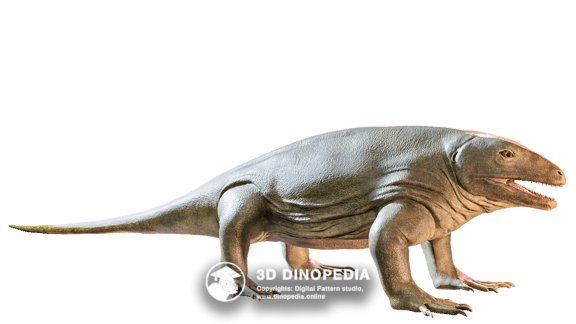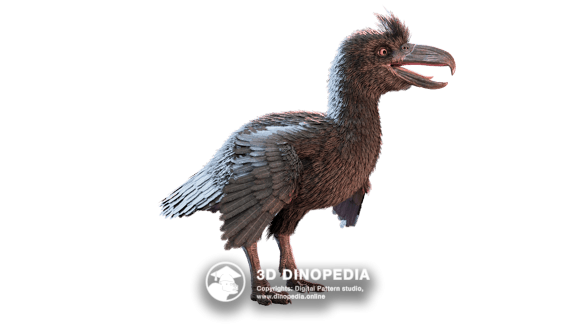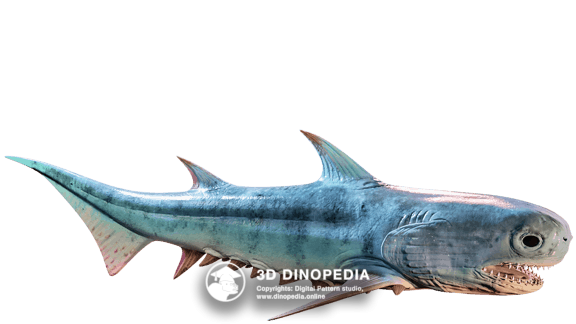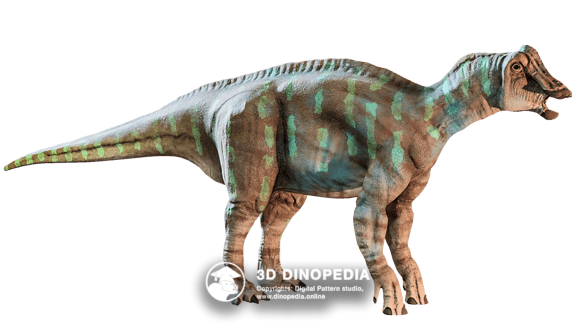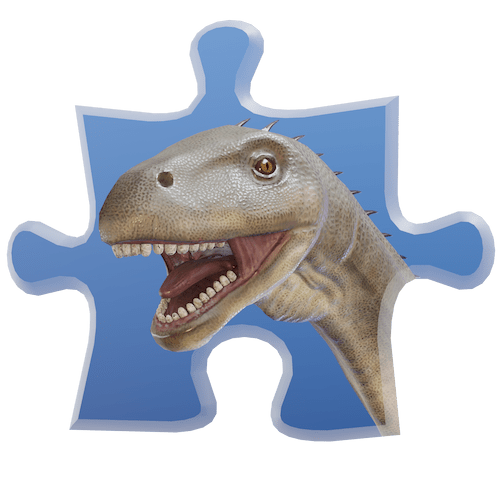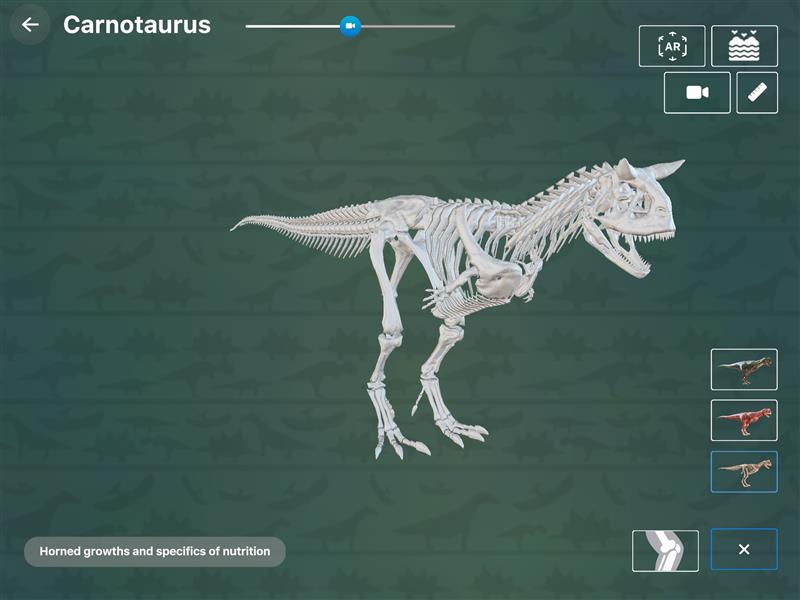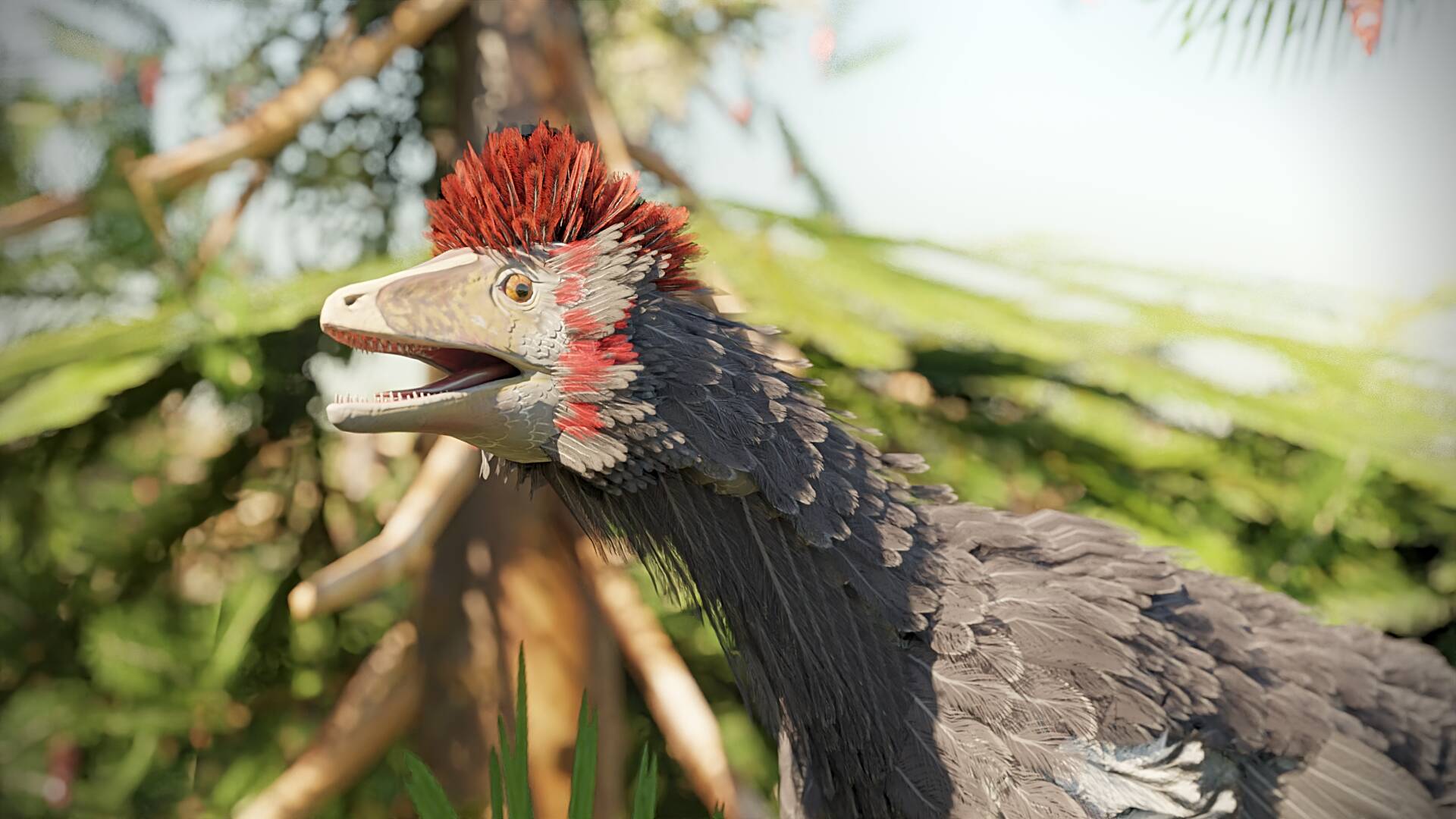Shringasaurus

Name meaning:
Horned lizard
Period of life:
247-242 million years ago
Period:
Habitat:
Floodplains
Taxonomy:
Reptiles
Countries:

What does the name mean: "horned lizard" (from Sanskrit शृङ्ग (shringa), "horn", and Ancient Greek (saurus), "lizard")
Shringasaurus inhabited the territory of future India during the Anisian age of the Triassic period (247-242 million years ago). It belonged to the clade of archosauromorphs, Crocopoda, Allokotosauria. Remarkably, these animals exhibited numerous traits of archaic Permian period animals, yet at the same time, subtly, features of Jurassic and Cretaceous period forms emerged in their appearance. They seemingly "sought" familiar images of dinosaurs, crocodiles, and birds.
Shringasaurus was a large animal, reaching lengths of 3-4 meters. Its body could be characterized as barrel-shaped: a wide torso with a deep chest, powerful shoulders and hips, and a belly raised above the ground. Shringasaurus' limbs were strong and widely spaced to the sides, similar to those of modern monitor lizards, which enabled the animal to move confidently over uneven terrain. Its neck was elongated and thick.
Unfortunately, no complete skulls of Shringasaurus have been found to date, so we can only infer the structure of its head from individual fragments. Paleontologists have made analogies with its closest relatives and roughly envisioned its skull structure. Shringasaurus' head was relatively small. Its skull was structured such that the nostrils merged into a single opening at the tip of the snout. Its teeth were leaf-shaped with large serrations along the edges, ideal for biting off plant material. However, they were not capable of grinding plant matter. It's possible that, like some modern reptiles, Shringasaurus swallowed stones that acted like millstones in its stomach.
The horns of Shringasaurus are undoubtedly the most striking and intriguing feature of its appearance. They were situated on thick frontal bones, rising above the eye sockets and curving upwards and forwards. The surface of the horns was not smooth but had a rough texture, indicating the presence of a keratinous sheath, as seen in modern horned animals. Likely, the horns were even longer and more massive in life than the preserved bony cores suggest. Interestingly, horns were not found on all individuals of Shringasaurus. Young animals had smaller and thinner horns than adults, and some individuals lacked horns altogether. This observation led to the suggestion that Shringasaurus exhibited sexual dimorphism, with males differing from females in the presence and size of horns.
The internal structure of Shringasaurus remains largely a mystery to scientists. However, based on the anatomy of its skeleton and teeth, we can conclude that Shringasaurus was a herbivorous animal adapted to life in semi-arid conditions. They grazed on vegetation in peaceful herds, much like cows. The climate in those places was seasonal and dry. Valleys were covered with rivers that either overflowed during the rainy season or almost dried up during droughts.
Shringasaurus demonstrates a unique combination of primitive and advanced traits, making it a rather peculiar "experiment of evolution." The study of Shringasaurus continues, and scientists hope to gain more detailed information about this amazing animal and its role in the Triassic period ecosystem.
Discussions
Other animals
 INTERESTING FACTS
INTERESTING FACTS
 PUZZLES
PUZZLES
 HOME
HOME
 3D MODEL "SKIN"
3D MODEL "SKIN"
 3D MODEL "MUSCLES"
3D MODEL "MUSCLES"
 3D MODEL "SKELETON"
3D MODEL "SKELETON"
 VISION
VISION
 NEIGHBORS
NEIGHBORS
 VOICE ACTING
VOICE ACTING
 AR - MODE
AR - MODE
 GALLERY
GALLERY
 HISTORY OF DISCOVERIES
HISTORY OF DISCOVERIES
